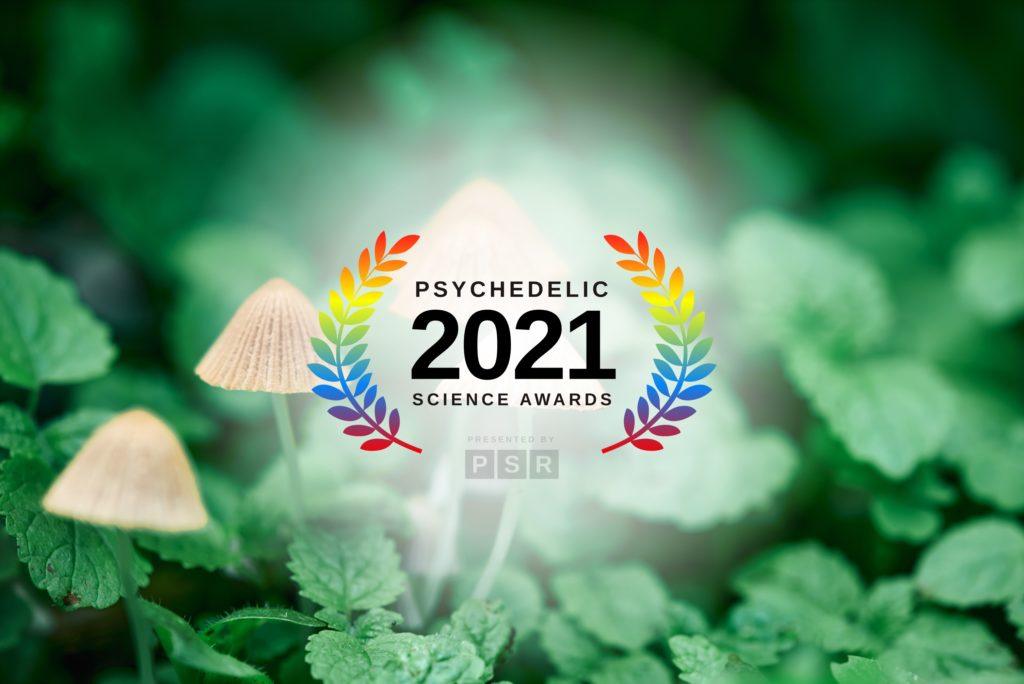
The pace of psychedelic research continued its acceleration during 2021, culminating in several fascinating and groundbreaking studies. As the year comes to a close, Psychedelic Science Review is acknowledging some of the outstanding research papers of 2021.
This year, the Editor’s Choice Award for the best study on psychedelics and nature goes to Dr. Janis Fricke of the Hans Knöll Institute and his research team consisting of Alexander Sherwood, Adam Halberstadt, Robert Kargbo, and Dirk Hoffmeister. Their paper titled, “Chemoenzymatic Synthesis of 5‑Methylpsilocybin: A Tryptamine with Potential Psychedelic Activity” describes the chemoenzymatic process they developed for synthesizing usable quantities of 5-methylpsilocybin.1 They also tested the compound for psychedelic activity using the mouse head twitch response (HTR).
The team was interested in studying 5-methylpsilocybin because, as they explained, “While individual substitutions at either the C4 or C5 position of the N,N-dialkyltryptamine core have been explored for potential psychedelic like activity, few examples exist where compounds with combined C4 and C5 substitutions were explored.”
The first step in the process involved chemically synthesizing (the ‘chemo’ part) the precursor compound 5-methylpsilocin. Then, in the ‘enzymatic’ part of the method, the team used an enzyme called 5-hydroxytryptamine kinase, which they isolated from the magic mushroom Psilocybe cubensis and then purified. The enzyme phosphorylated 5-methylpsilocin to 5-methylpsilocybin. The authors said, “The zwitterionic product was isolated from the enzymatic step with high purity utilizing a solvent−antisolvent precipitation approach.”
Dr. Fricke and his colleagues reported that the HTR data “indicated activity [for 5-methylpsilocbyin] that was more potent than the psychedelic dimethyltryptamine (DMT), but less potent than that of psilocybin.”

Thank you. But no link to the research paper?
Please scroll to the bottom of the page and you’ll see the reference with the link.